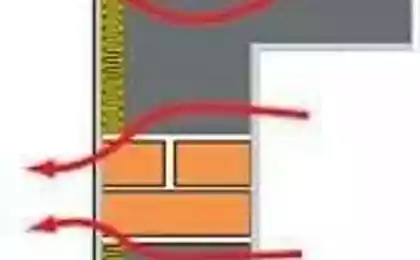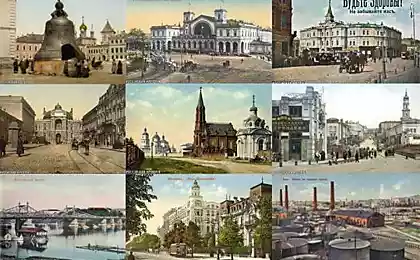539
Environmentally friendly street in the UK
In the coastal town of South Shields, recently emerged the most organic street in the UK. The street was named Sinclair Meadows, and it consists of nine two-bedroom houses and a large 12-unit building, which constructed a non-profit organization Four Housing Group. Each of the buildings were built from natural materials using cedar wood, hemp, lime, and covered with wood outside. In addition to the fact that they are all securely hold CO2, these materials are biodegradable and can be recycled if the house will not use.
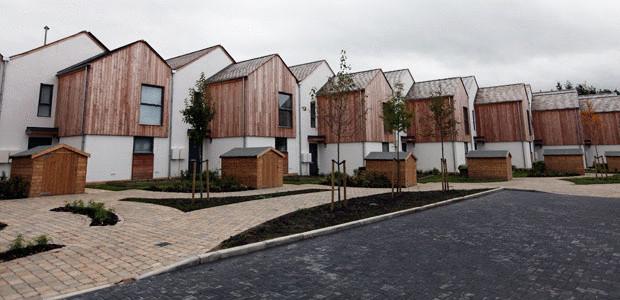
The architects have tried to turn the house to the South to ensure maximum availability of sunlight, which additionally heats the building from the inside. They have a high degree of insulation, but residents can further enjoy the collective boiler that burns recycled wood. The street also has a communal underground tank to collect rain water — it will serve for flushing toilets, washing and for the dishwasher, for example. Since this is Northern England, then some water should be enough for all. Rooftops equipped with solar panels, so electricity demand will be covered on the spot. The residents of the street will have direct access to the counters of his home to learn to use energy as efficiently as possible.
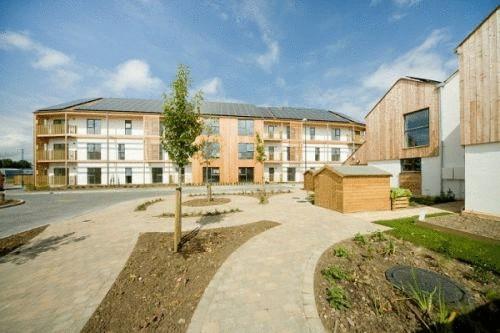
Each apartment has a small plot of land with a compost pit and a small shed for growing your own vegetables and fruits. Also on the street, hanging nesting boxes and crates to feed the local animals, which apparently will also eat up the crops. Well, nothing, I think that the new owners of homes seeking a higher level of life with this will understand. The construction ended in September 2012, and now the new eco-friendly street just move the first inhabitants.
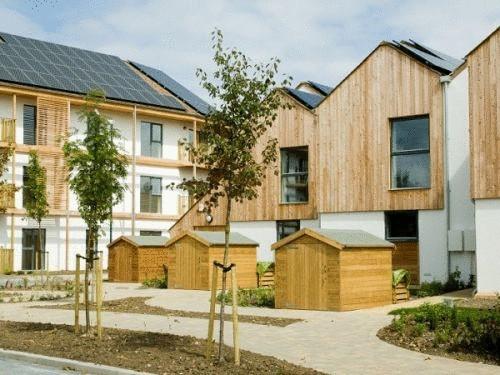
Source: /users/276

The architects have tried to turn the house to the South to ensure maximum availability of sunlight, which additionally heats the building from the inside. They have a high degree of insulation, but residents can further enjoy the collective boiler that burns recycled wood. The street also has a communal underground tank to collect rain water — it will serve for flushing toilets, washing and for the dishwasher, for example. Since this is Northern England, then some water should be enough for all. Rooftops equipped with solar panels, so electricity demand will be covered on the spot. The residents of the street will have direct access to the counters of his home to learn to use energy as efficiently as possible.

Each apartment has a small plot of land with a compost pit and a small shed for growing your own vegetables and fruits. Also on the street, hanging nesting boxes and crates to feed the local animals, which apparently will also eat up the crops. Well, nothing, I think that the new owners of homes seeking a higher level of life with this will understand. The construction ended in September 2012, and now the new eco-friendly street just move the first inhabitants.

Source: /users/276








